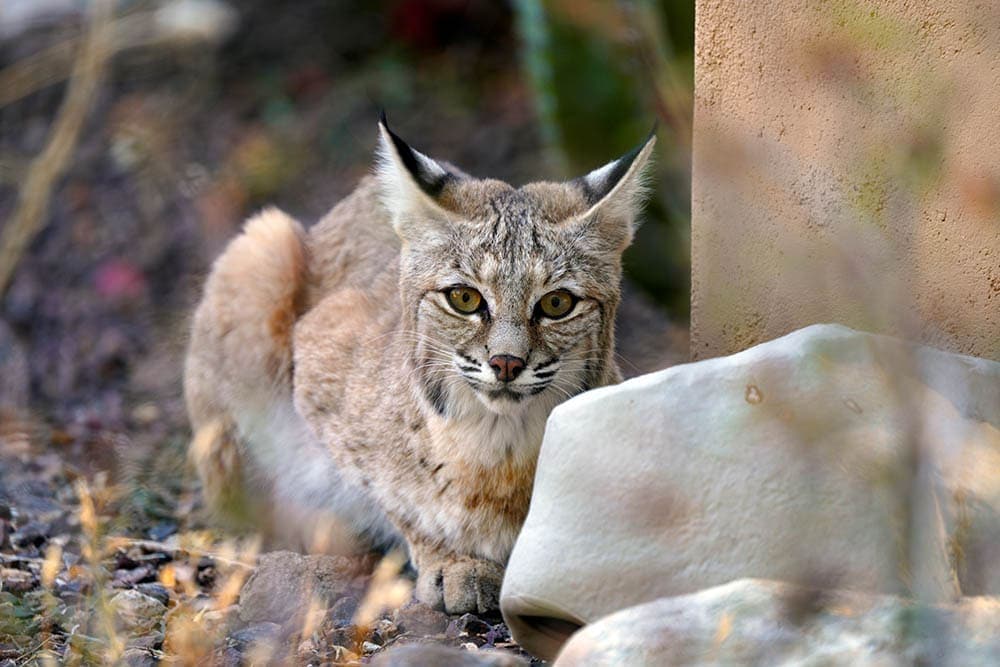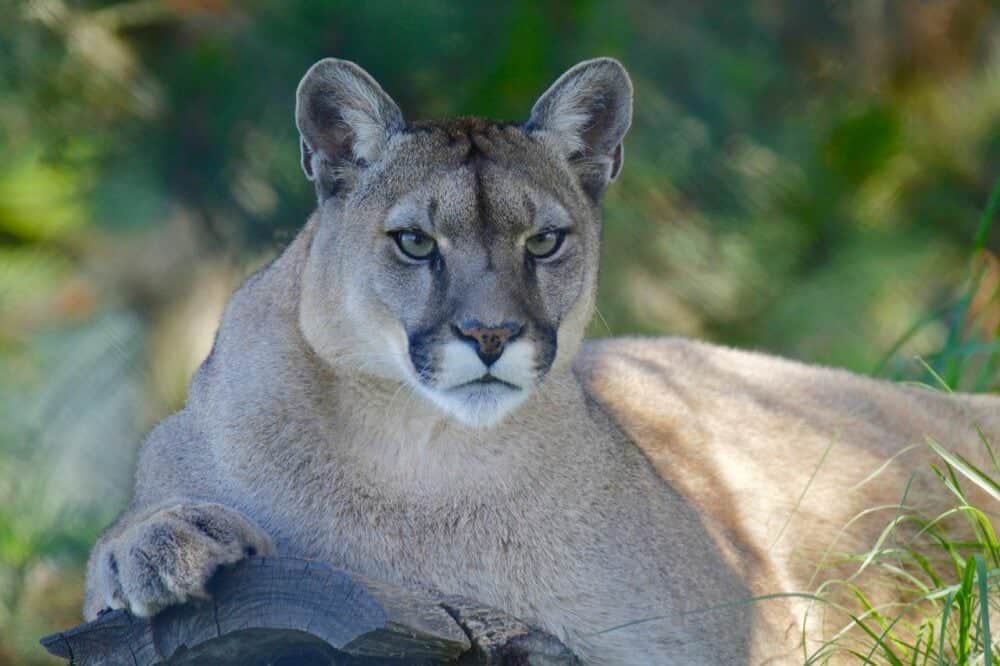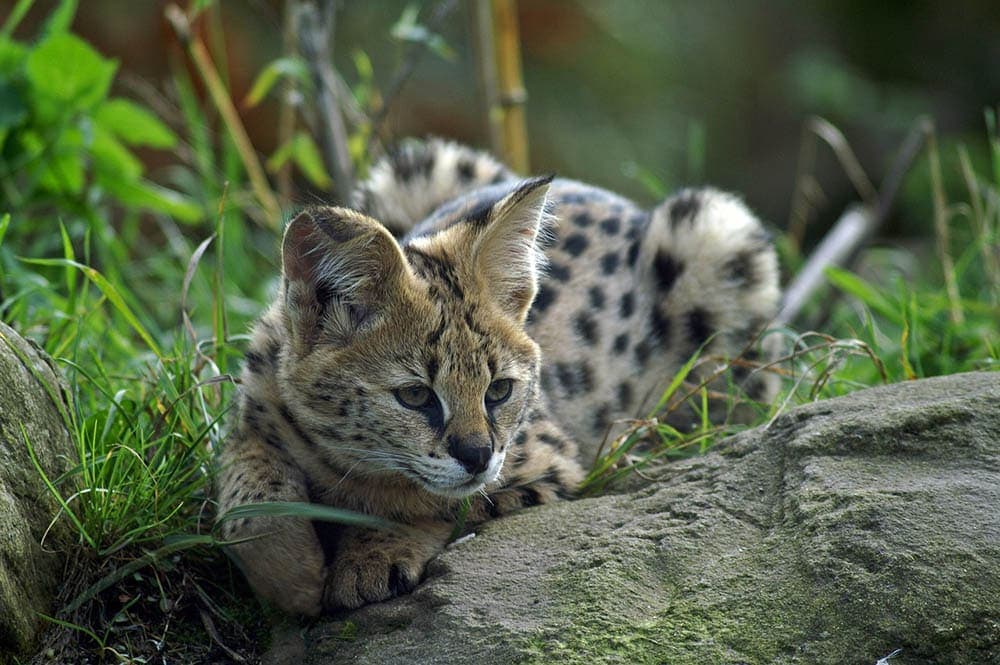If you ask any pet owner, all cats have a wild streak in them. A bird flying by or a squirrel rooting around for food is all it takes to bring out the predator in your kitty. Only a few of the circa 38 wild feline species exist in the United States, let alone Indiana.1 Nevertheless, the state of Indiana is indeed home to at least two wild cats, although you’ll find many more within its boundaries.

Known Wild Cats in the State
1. Bobcat

The bobcat (Lynx rufus) was a state-endangered species in Indiana until 2005. It is the only resident wild cat. According to the International Union for Conservation of Nature and Natural Resources (IUCN), it is a species of least concern with stable populations. Nevertheless, it’s an elusive animal, like most felines and many predators.
The bobcat prefers forested areas that provide sufficient cover to stalk its prey. Although people have seen it throughout the state, it’s most commonly found in west-central and southern Indiana. It is a nocturnal animal that is active when many of its prey are also awake and foraging. The bobcat’s diet includes rodents, rabbits, and the occasional deer.
Bobcats are a vital part of the food chain in Indiana and wherever they are found. Other predators in the state include black bears, coyotes, red foxes, and gray foxes. Fortunately, there are no known reported attacks on humans.
2. Mountain Lions

The Indiana Department of Natural Resources (DNR) receives some reports of mountain lions (Puma concolor) in the state. It isn’t a resident species. The animals that people see are probably transients. It’s worth noting that the places these wild cats are sighted have lower population densities, making them more attractive areas for these predators to roam.
Legally Permitted Wild Cats
Indiana is unique because it allows its residents to own a broad range of wild animals. It’s worth noting the state’s definition of a domesticated animal as follows:
“Sec. 1. (a) As used in this chapter, “domestic animal” means a dog, cat, or other vertebrate animals that are domesticated and: (1) kept as a household pet; or (2) intended to be kept as a household pet.”
The state divides wild animals into three classes. The first one includes squirrels and rabbits. The second one comprises smaller felines, such as servals, Pampas cats, and margays. The third class covers species not in the other two, which allows larger animals. Surprisingly, the list of legally permitted wild cats in the state includes lions and tigers.
Sadly, according to the World Wildlife Fund, there are more captive tigers in the United States than wild animals.

Rescued Wild Cats
The latter point brings to light another sobering fact about wild cats. Too often, people obtain these animals, either legally or illegally. Many end up with rescue organizations when the owners finally figure out that they are called wild for a reason. The Exotic Feline Rescue Center (EFRC) in Indiana has a host of felines, including:
- Lions
- Bobcats
- Leopards
- Mountain lions
- Panthers
- Bengals

Final Thoughts
While Indiana has a relatively large population density, several sparsely populated areas provide ideal habitat for secretive predators like wild cats. Bobcats are the only resident species with the occasional mountain lion sighting. The former is a success story for the state’s DNR. The bobcat has recovered from being endangered to an animal with stable numbers securing its place as a Hoosier.
Featured Image Credit: milesz, Pixabay
